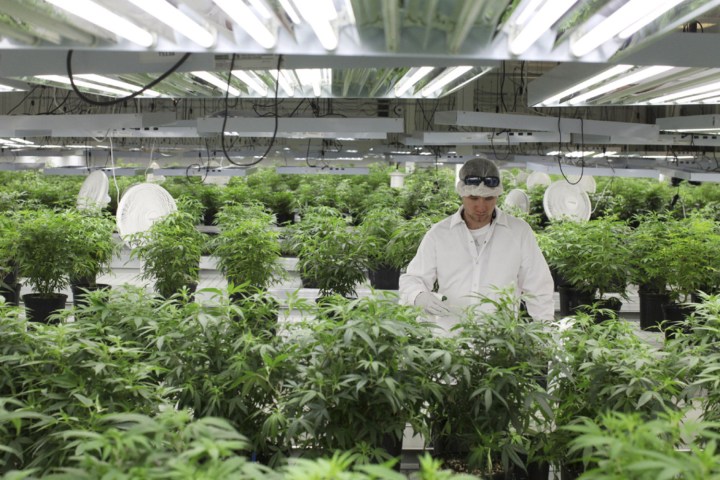
Produced in two standard sizes of filament (3mm and 1.75mm) and usable in any standard consumer 3D printer, Potent Rope is made with an FDA-approved water-soluble thermoplastic. Eating thermoplastic might not sound your idea of a good time, but this particular material is one that the average person reportedly consumes around 44 pounds of every year — in products like beer, wine, and teeth whitening strips. This thermoplastic is combined with pharmaceutical-grade excipients and active cannabis extract, before being extruded into a standard-sized filament.
Impressively, the cannabis extract can be custom tailored with differing levels of cannabinoids, as well as terpenes — thereby expediting the years-long processes of genetic selective breeding to create a strain that answers the needs of each consumer.
“With 28 states and the District of Columbia, as well as over 20 other countries, having already introduced some form of legal cannabis laws, cannabis and the people who use it — whether medically or recreationally — are starting to see the negative stigma associated with its use decreased,” Paige Colen, chief operating officer of Potent Rope, told Digital Trends. “Whether the consumer is printing their own dosage, or a dispensary is doing the printing for direct sale to consumers, the consumers will fall into either the medical or recreational category. As far as what consumers can create, we are hoping to launch our dosage specific CAD designs by the end of the year, but there are also a growing number of 3D printers that offer open-source software. The world is [really] their oyster, or poodle, or Eiffel Tower!”
There is, of course, the challenge that because other filaments used in 3D printers — such as PLA or ABS — are not edible, the possibility of contamination is an issue. However, Colen said she predicts that, as home 3D printing becomes a prominent and widespread solution for many household needs, having more than one printer at home isn’t out of the realms of possibility.
“We are currently in negotiations with a few state-licensed processors to make Potent Rope available in Maryland, Nevada, Massachusetts, and California in the coming months,” she said. “The legal cannabis industry is always changing and the need to produce Potent Rope on a state-by-state basis, due to the federal nature of the plant, is a whole feat in itself.”
Hey, it’s just another example of an innovative and savvy startup racing to meet the newly-legal demand for weed-based products!


